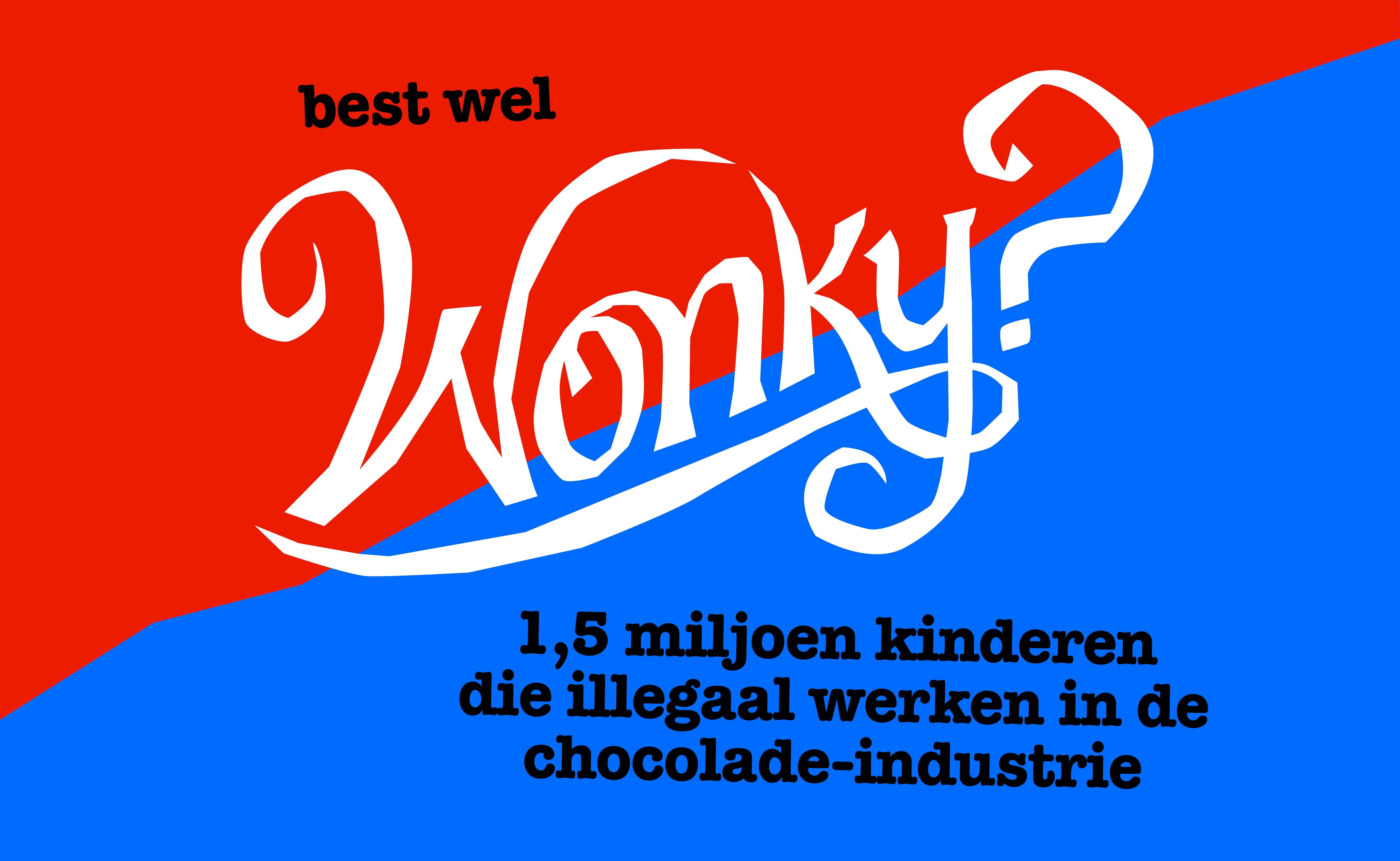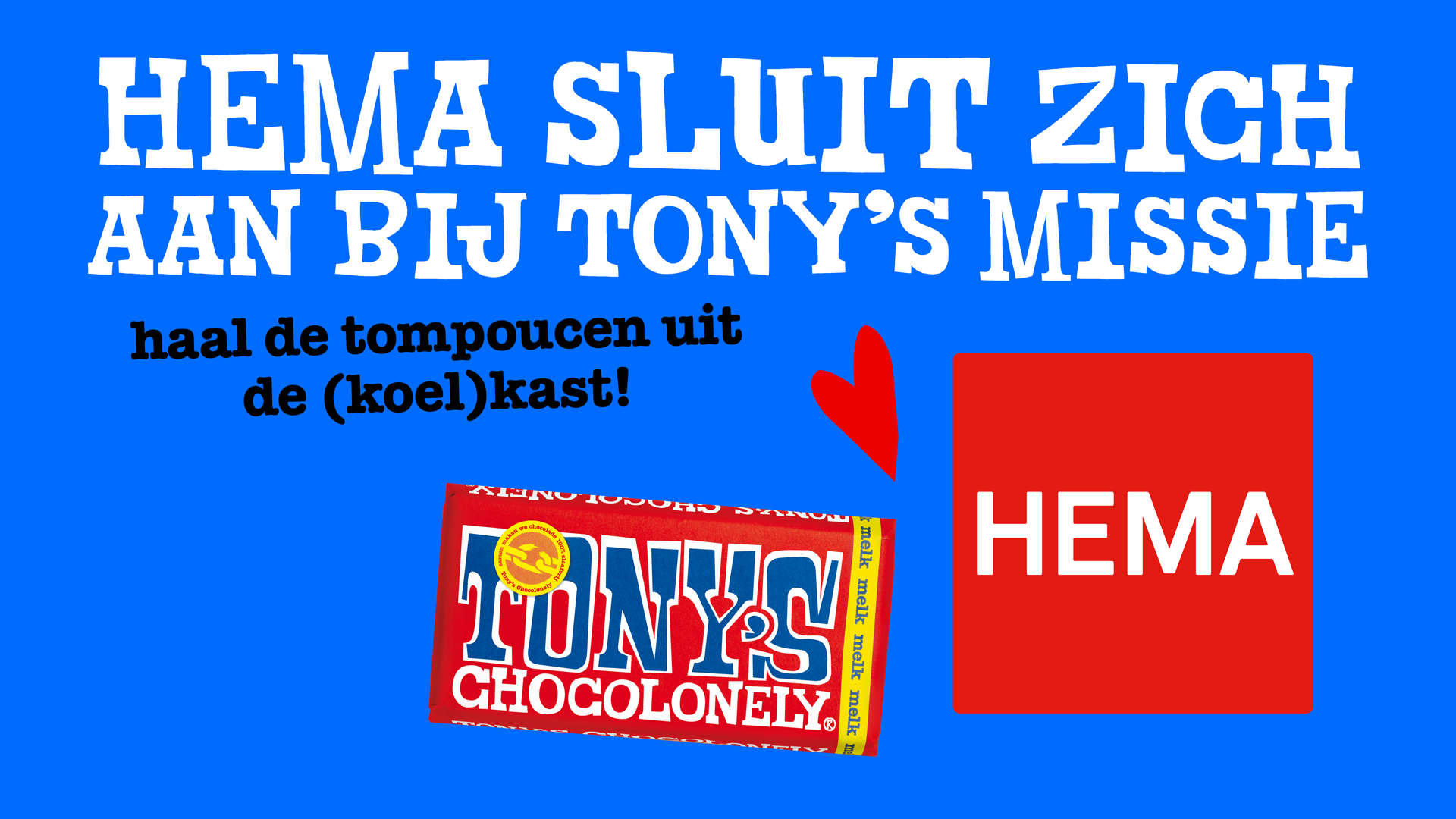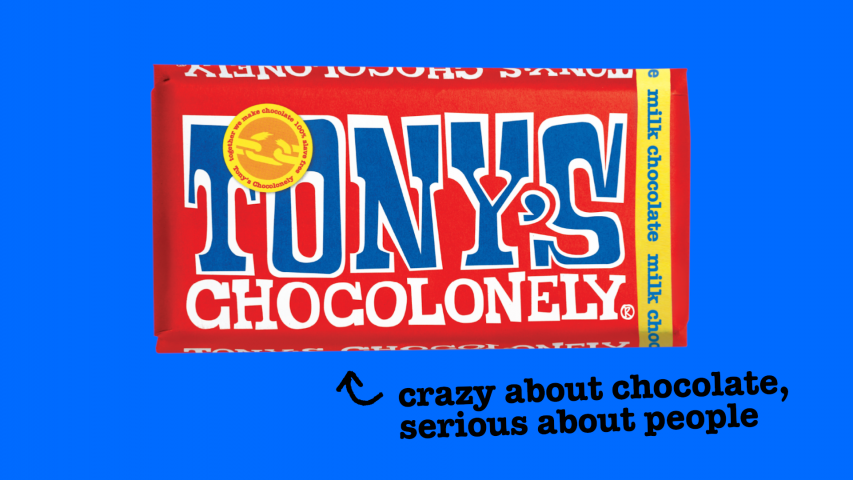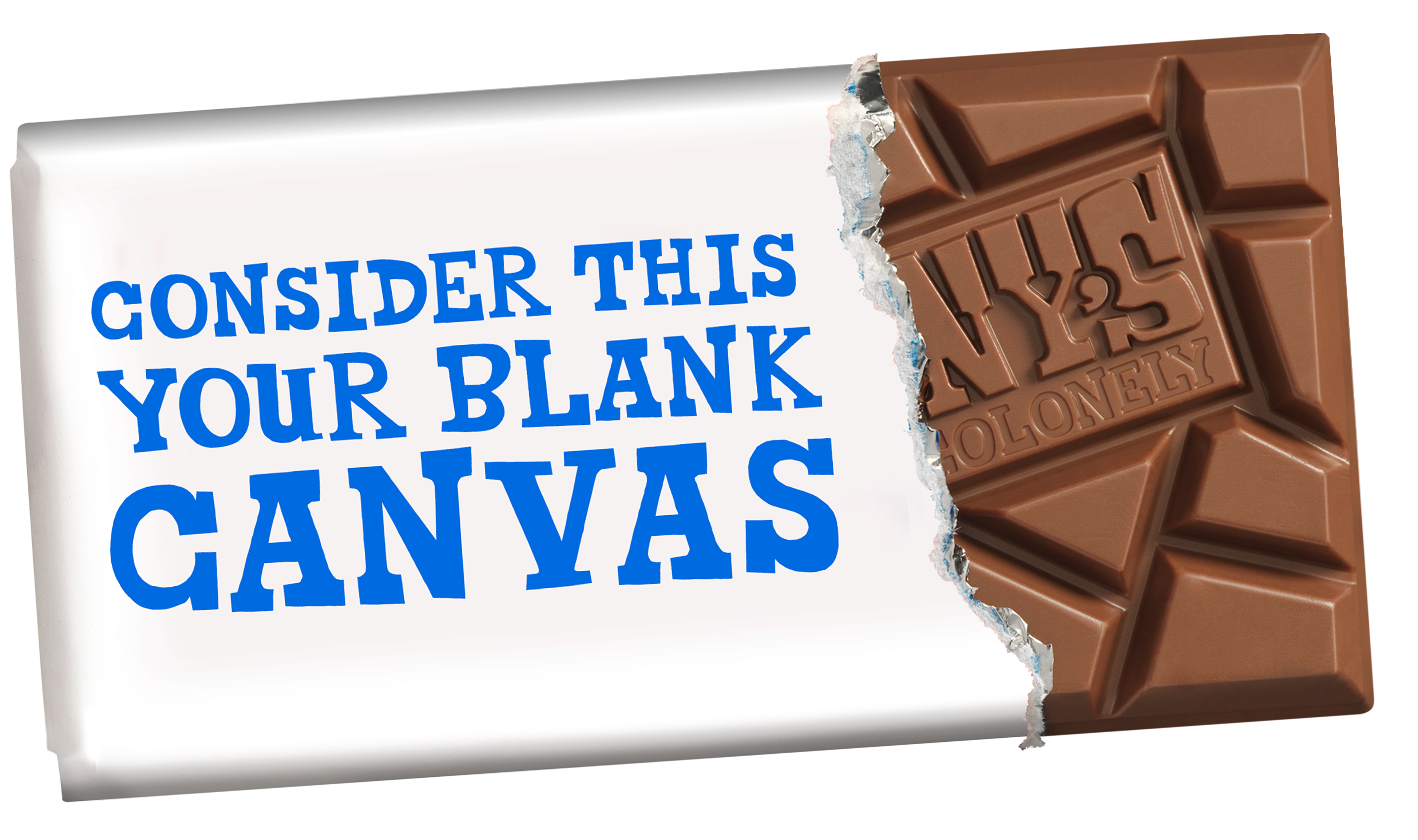Where does Tony's get its cocoa from? 2/3
Of course you were already waiting for it... Part two...

Of course you were already waiting for it... Part two of the blog series in which we describe the process of purchasing our cocoa in a traceable manner. Now you are in the first part have been able to read about the farmer cooperatives from which we purchase our cocoa directly, it is time to go a step further. So in this blog you can read what is going on in the ports and we will explain how we can tell you exactly where the cocoa in your bar comes from.
Every bean has a number
Our cocoa comes from 30% Ghana and 70% from Ivory Coast. Once the cocoa beans have been delivered to the port in Ghana and Ivory Coast, they still have a long way to go before we can make chocolate from them. To ensure that we can actually tell you which cocoa beans our chocolate bars are made from, the bags of cocoa are already numbered during the journey from the farmers' cooperative to the port.
At the port
Once the cocoa has arrived at the port, the beans are still in the hands of our local partner. He ensures that our beans are stored in a separate warehouse. This is special because most cocoa is traded as a bulk commodity: the cocoa beans then end up in one large heap in the port, meaning that the origin of the beans cannot be traced. Of course, we think it is important to know where our cocoa comes from. Only then can you invest in a long-term relationship with the producing farmers. An important step towards 100% slave-free chocolate.
Quality….check!
Before the beans leave the country, they are thoroughly examined by quality inspectors. First, a sample is taken to see whether the beans are large enough. This is important for the taste, because beans of the same size will also be roasted evenly. If there are small beans, they are roasted too long, causing the chocolate to taste bitter. The sorted, too small beans are usually further processed locally, for example into cocoa powder and butter. Secondly, a cut test is done. 100 beans are cut open to see whether they have been properly fermented and dried. It is very important that the beans are dry enough before they start their great sea voyage. Otherwise they can rot. And that doesn't make anyone happy at all. Thirdly, the paperwork is checked, so that we are sure that the certification is correct and that the origin of the beans is correct.
Almost in your bar
As we write this, another load of beans from Ivory Coast has just been neatly delivered to Barry Callebaut. One sea container contains approximately 25,000 kilos of cocoa beans. We can use that to make Tony's bars again for a few months. You can expect these beans in your bar from around April onwards. But before it becomes a Tony's bar, our chocolate makers in Belgium still get to work on it. You can read what they do in our next blog. We will then immediately look back on the entire purchasing process with you. Exciting!
maybe also interesting
-

mission
12 December 2023
Quite Wonky, all those abuses in chocolate
-

mission
08 November 2023
Jumbo will start sourcing its cocoa fair via Tony's
-

mission
25 September 2023
HEMA joins Tony's mission for 100% slave-free chocolate
-

mission
16 June 2023
Good news! We received 20M€ to accelerate our impact and soar closer to our mission.




